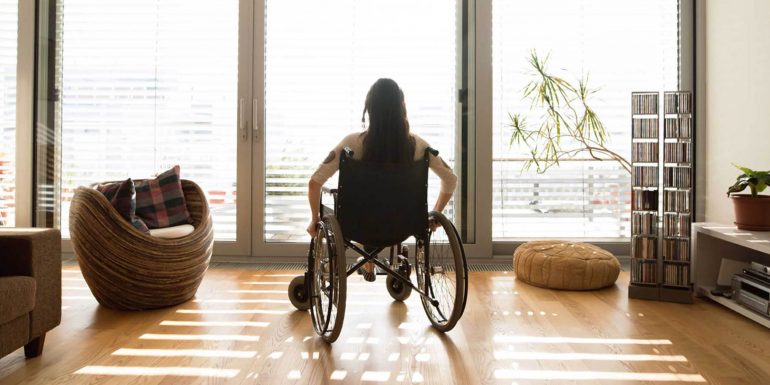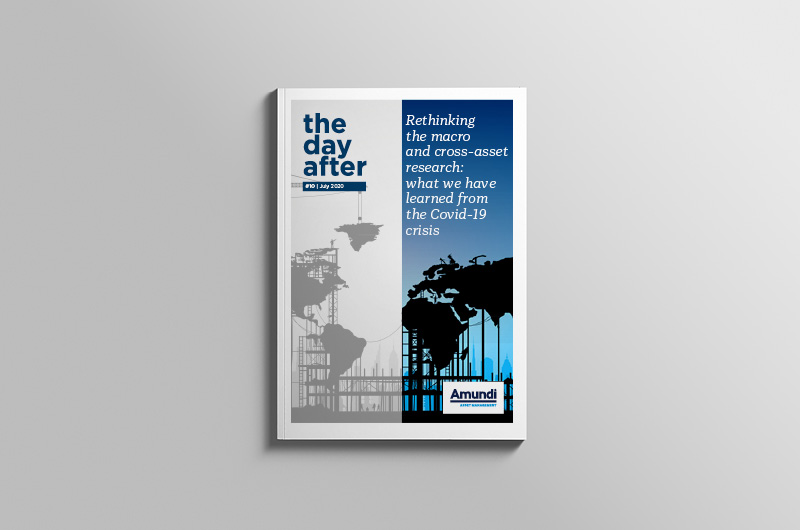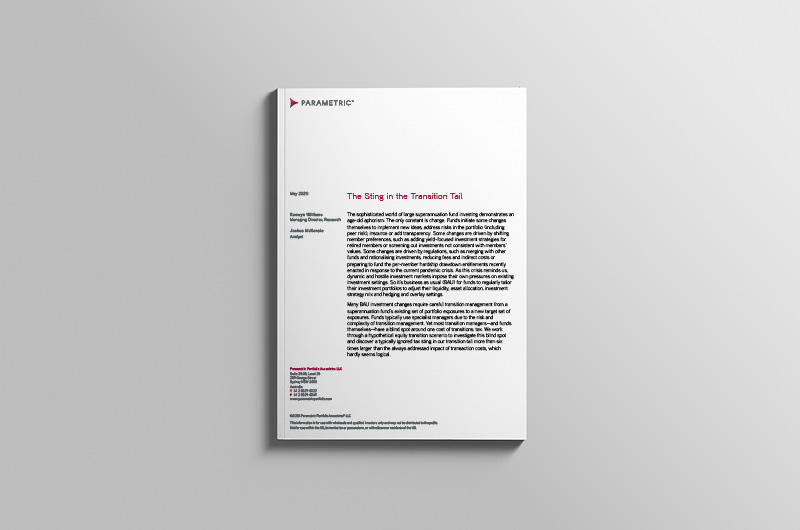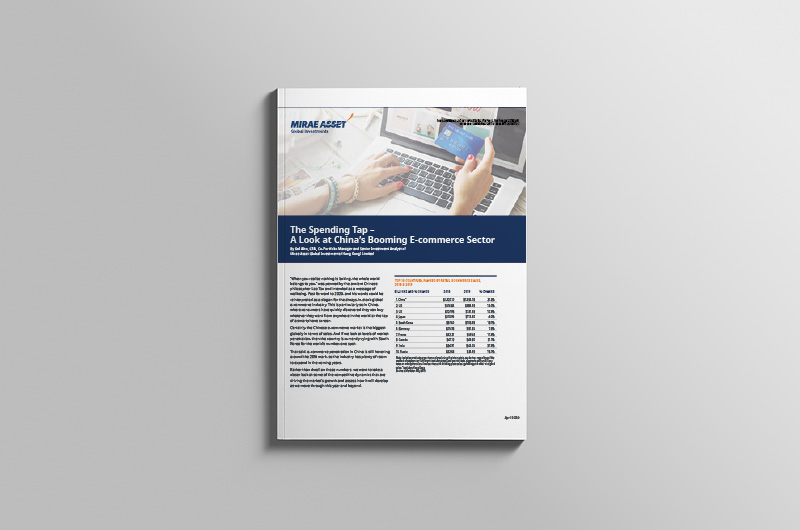Social housing – A potential for good returns while helping those in need
A nascent asset class is emerging on the back of the rollout of the National Disability Insurance Scheme (NDIS). NDIS is a welfare support scheme of the Australian Government that funds costs associated with disability. The scheme was legislated in 2013 and went into full operation in 2020. While it was introduced during the Labour government, it has bipartisan political support, with a Minister for the NDIS appointed for the first time after the Coalition’s Federal Election win in May 2019.
Based on a 2017 Productivity Commission report, the NDIS is anticipated to support approximately 475,000 people at cost of $22 billion, in its first year. Providing appropriate housing for individuals living with a disability, referred to as Specialist disability accommodation (SDA), is a key priority for the NDIS. The NDIS has set up a program aiming to rehouse people with disabilities in privately established and high-quality specialist accommodation, and it will cover the cost of accommodation and ongoing care for participants to enter specialised housing. In particular, the focus is on making accommodation available for disabled adults living with ageing parents and in nursing homes.
Current statistics related to potential requirements for SDAs reveal a picture of strong demand.
- An estimated 28,000 people require specialised disability accommodation to be built; the estimated number of required SDA houses is based on only 6% of disabled people getting SDA payments. This number has already doubled in trial regions and hence the number of needed SDA properties is expected to be much larger.
- 16,000 people currently live in some form of SDA – 80% will require upgrading or redevelopment within ten years.
- 12,000 people currently have no access to SDA (6,200 in aged care; 5,800 with ‘unmet’ needs i.e. living at home with ageing parents or in hospitals). Of the unmet demand, 78% is in New South Wales, Queensland and Victoria.
It is estimated that the capital required to provide SDA for 12,000 participants to meet NIDS goals will be around $5 billion over the next five years. The NDIS acknowledges a need to attract the private sector. Through the NDIS, the Federal Government has initially committed $700 million funding for SDA annually over the next 20 years, and has set SDA payment rates to cover the cost of capital and to incentivise a new market. Further, recent policy announcements have provided greater certainty around long-term pricing and sustainability of the SDA model, prescribing that “the SDA Framework should embed a requirement for consultation on any significant SDA pricing or policy changes.”
Given the size of unmet demand, government commitment and the incentives provided, the NDIS-related building project has been slated as the largest social housing building program Australia has ever seen.
There is a variety of models available to investors who want to be part of the scheme, but they all revolve around establishing a bespoke home for a small number of participants. The key stakeholders in this process consist of the SDA Provider (the developer and operator), the supported independent living (SIL) models (the carer and originator of resident supply), and most importantly, the participants of the scheme – the residents who will occupy the properties.
Social Infrastructure Investment Partners Pty. Ltd. (SIIP), an investment manager jointly owned by Federation Asset Management (FAM) and Social Ventures Australia Ltd (SVA), has launched the Synergis fund to take advantage of this opportunity. The unlisted wholesale investment trust has multiple objectives: to deliver purpose-built homes for Australians with a disability while providing an attractive return to the investors and making a positive social impact.
Investment in the fund offers attractive risk-adjusted return potential supported by Commonwealth Government payments, with lease vacancy provisions built into the structure. The fund targets net returns of 10% over the long term, which are predominantly income-based:; rent reviews are linked to inflation, in line with SDA pricing.
SIIP has a lofty ambition to become a significant player in the market and set the standard for disability housing in Australia. It is the manager’s vision that every person living with disability in Australia has access to high-quality, safe, stable and appropriate housing. At the centre of the investment model is a partnership approach with selected, high-quality SIL providers and Specialist Disability Accommodation (SDA) providers that are aligned with the manager’s vision.
The manager will employ a long-term portfolio approach diversified by SDA provider, site and state selection, and will leverage the strong relationship that Social Ventures Australia has with SILs to scale the social housing investment and its positive impact. The Fund is targeting $600 million of investment over the next four to five years, however, the manager believes it could grow to more than $1 billion. Currently, there are 20 properties in the fund and the manager has identified a pipeline worth around $100 million.
A differentiated feature of the offering is the fund’s focus on generating measurable impact, through a framework being developed by SVA. This will include impact monitoring, measurement and reporting to investors, as part of an overall theory of change.
According to Jason Walter, head of real estate at Federation, social infrastructure investments are particularly suited for superannuation funds. However, the fragmented nature of the market and small size of appropriate deals have inhibited their participation in the past. Walter believes that the Synergis fund’s portfolio approach and the size of the NDIS social housing market should open the door to super funds to invest in this asset class.
In addition to super funds, the Synergis fund provides an opportunity for other investors with long-term horizons and tolerance for illiquidity to earn attractive cash flow returns, while having a measurable positive impact on the lives of people with disabilities.








